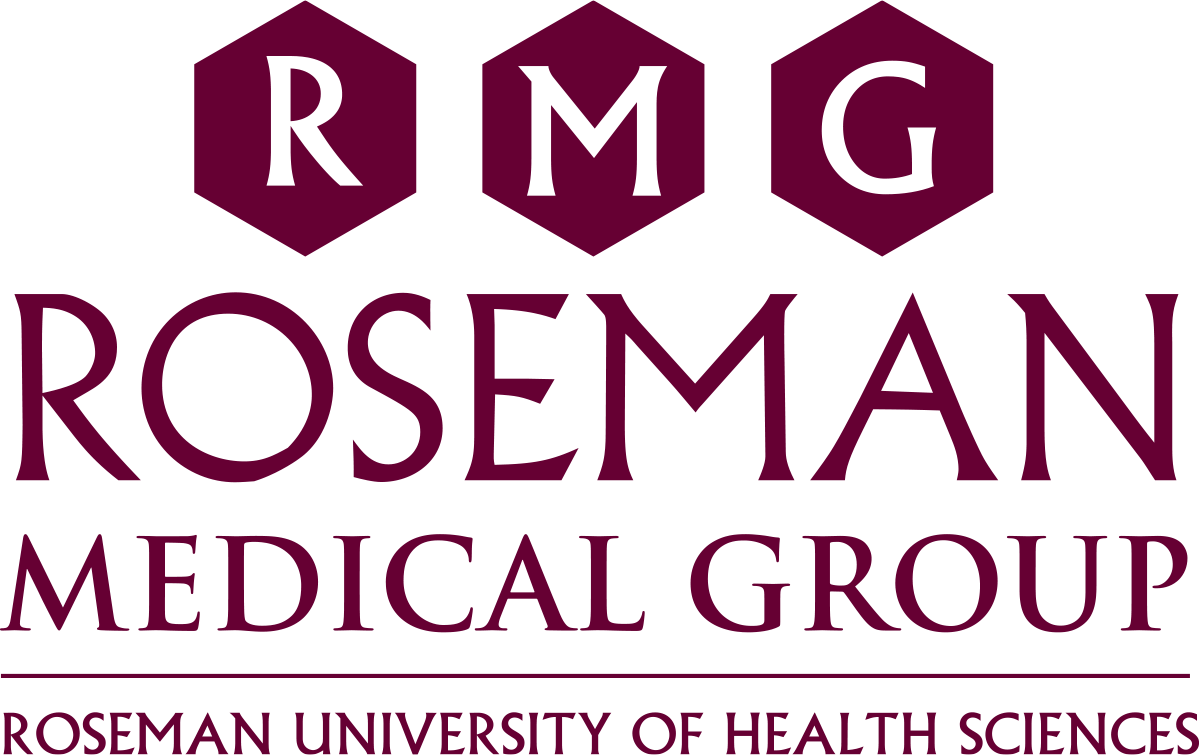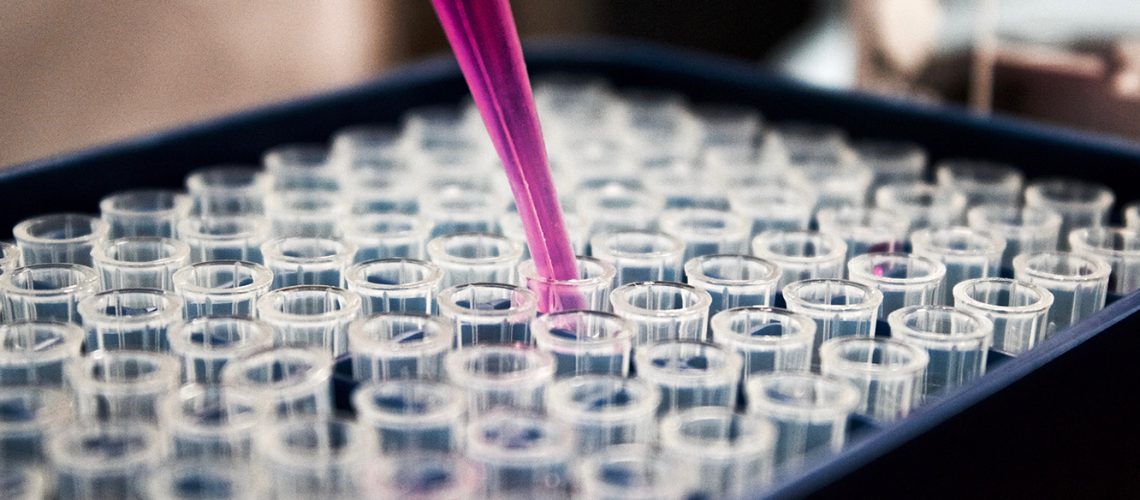The COVID-19 pandemic strained all of our systems, including healthcare, personal relationships, and mental wellness. Although vaccinations, preventative measures, and treatment options have put us on the path to resuming normalcy, COVID’s aftershocks are still rumbling.
Syphilis, a sexually transmitted bacterial disease spread through direct contact with genital sores, is at its highest reported rate of infection since 1991. In 2021, there was a 26% increase in new infections. Nevada ranks first in case rates. Reported cases of congenital syphilis, which occurs when a pregnant woman passes the infection to her baby via pregnancy, in Clark County rose from 9 in 2016 to 24 in 2018. It’s important to be aware of what syphilis is, why it appears to be returning, and how to be safe.
Syphilis appears as sores in, on, or around the penis, vagina, anus, rectum, lips, or mouth. The sores are typically round, firm, and painless. While these sores disappear within six weeks, the infection remains in the body until it’s treated.
Getting tested and treated at the first sign of infection is vital. Syphilis can be cured with prescription antibiotics. If left untreated, it can cause eventual permanent damage to the nervous system and brain, heart and blood vessels, eyes, and ears.
Syphilis is also linked to the spread of HIV. It increases the infectivity among HIV-positive individuals and susceptibility among HIV-negative individuals. This means there’s an estimated two to five times the increased risk of HIV transmission and acquisition in syphilis patients.
The pandemic and its aftermath gave STDs like syphilis an ideal environment to spread. During the pandemic, many Americans turned to alcohol or drugs to cope with stress, fear, and even boredom. A reported 13% of Americans started or increased their substance use to manage their feelings. Between March 2020 and March 2022, 204,240 Americans died from drug overdoses, a stark and steep change that was almost double past rates. Binge drinking, or consuming more than four to five alcoholic drinks in one occasion, went up 21%. These increases in substance use contributed to risky sexual behavior, especially as the pandemic wore on through social and political unrest.
Problems were compounded by the pandemic’s economic effects. By the end of 2020, 10.8 million Americans found themselves unemployed, a staggering number that exceeded the Great Recession’s 2009 peak. Because 54.4% of Americans’ health insurance coverage is tied directly to their employment, the loss of a job often leads to the loss of affordable healthcare – not just for the individual, but for their families as well. This instability paired with limited access to non-essential healthcare services led people to delay all types of care, including STD testing.
Like many healthcare services, STD testing was negatively impacted during COVID. In-person clinic visits were severely limited. Testing kits and laboratory supplies were affected by shortages, and many clinical employees were reassigned to COVID control work. Testing for STDs became secondary to handling a new worldwide health crisis. The decline in testing naturally led to a decline in reported case rates. However, in 2022, rates of syphilis are spiking even beyond pre-COVID levels.
Although rates are highest among Black, Hispanic Americans, and Native Americans, along with men who have sex with men, anyone sexually active is at risk for contracting syphilis. At this time, there are no vaccines for syphilis, as the molecular mechanisms are poorly understood, so testing and prevention are the best ways to stay safe. Anyone who’s sexually active with multiple partners should get tested regularly for STDs and make sure to wear a condom correctly.


